|
While I'm taking a break for relaxation and recreation, I've invited some of my fellow bloggers to fill in with guest posts. This week's is from scientist and author Mark L. Winston, who blogs at The Hive. Mark's story takes place in a scientific setting, but I think you'll agree that the underlying message applies to all sorts of situations in life. Everything I Know I Learned From Hermit Crabs |
Written from the heart,
from the heart of the woods Read the introduction to HeartWood here.
Available now!Author
Nan Sanders Pokerwinski, a former journalist, writes memoir and personal essays, makes collages and likes to play outside. She lives in West Michigan with her husband, Ray. Archives
April 2022
Categories
All
|
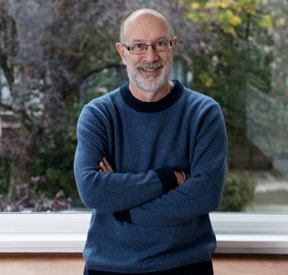
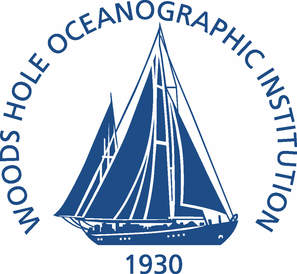

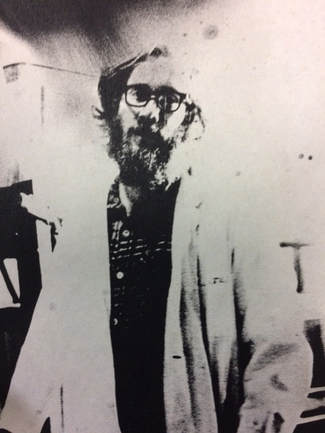
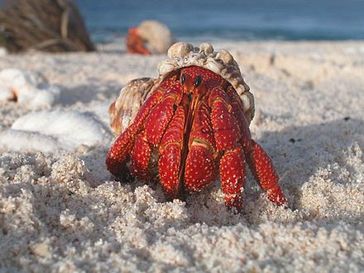
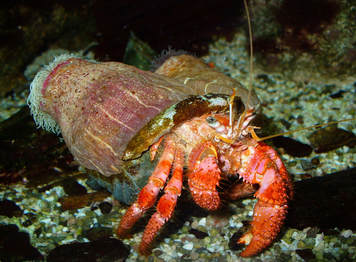
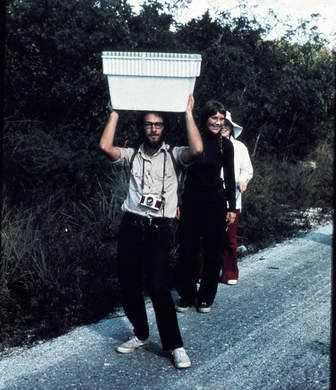
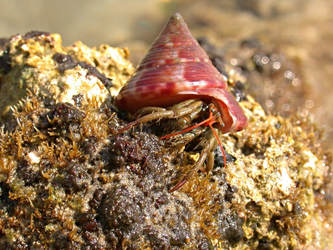
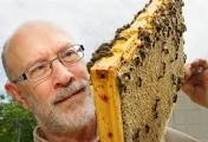
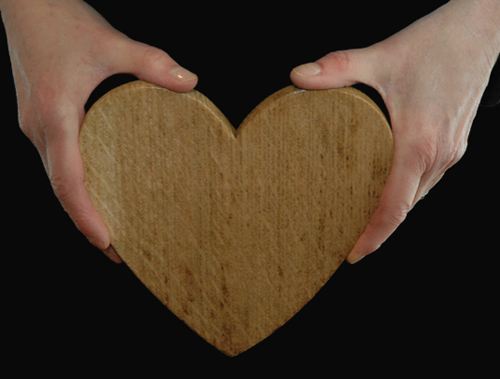
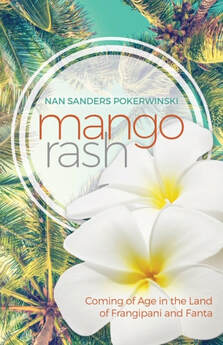
 RSS Feed
RSS Feed